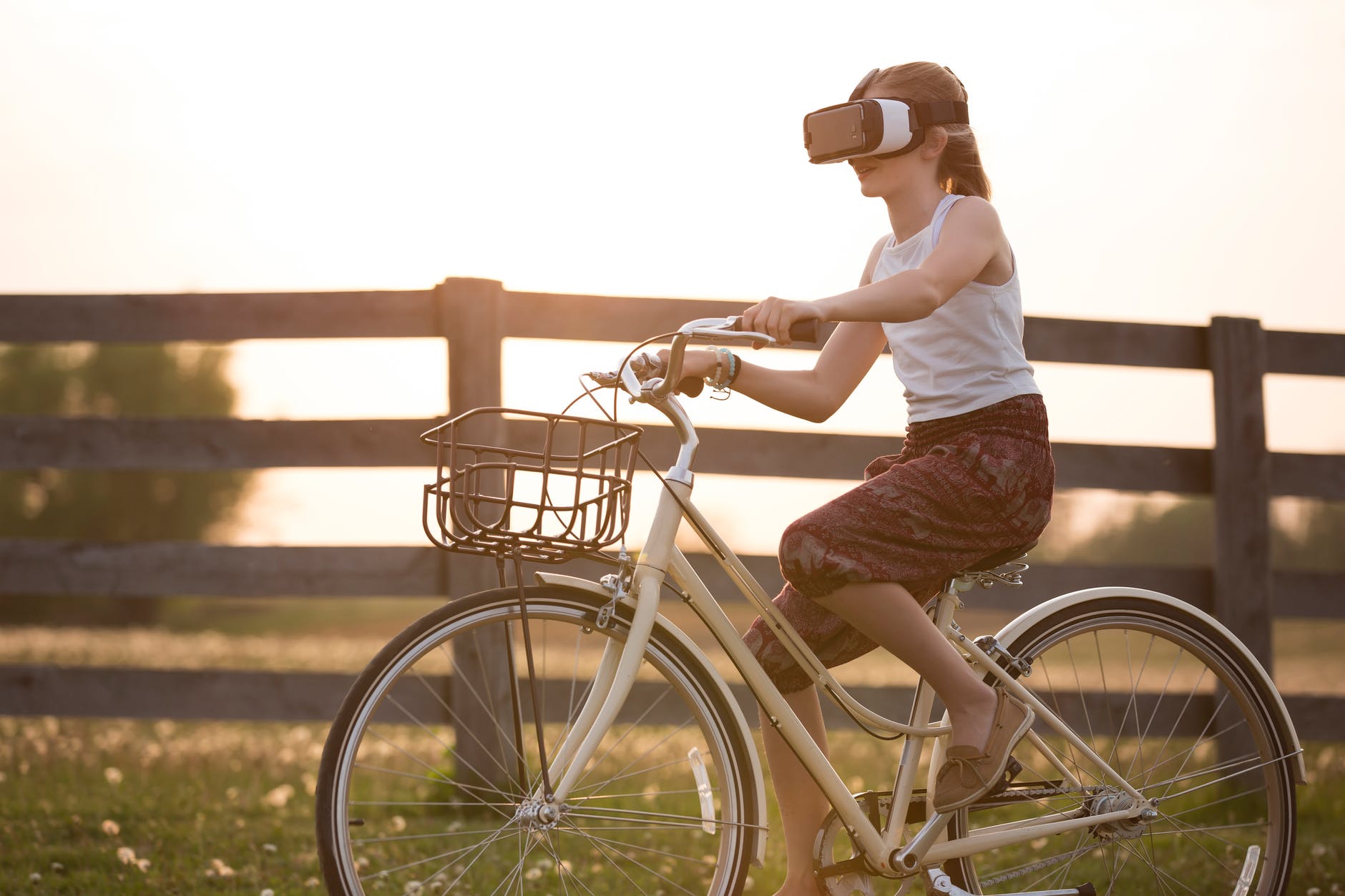
In order to precisely analyse learners behaviour in these SLE (Smart Learning Environment), one application would need to record a maximum amount of data from relevant learner’s inputs. While Virtual Reality (VR) has been used in purposes of training, in a recent research on “VR in Education”, Daniel Fallman [1] proposes: “ While this area is not at all unimportant on university level, we believe it is also adequate to explore how this style of interaction could be used to help students develop understanding and more proper mental models of complex systems and processes, abstract models and other non-intuitive material”. In others words, the usage of Immersion in VR has not been fully exploited in these fields and giving interest into merging SLE and VRLE concepts would lead to an intriguing stake.
Besides, effective VR applications require a high level of immersion because they can produce a sense of presence. Mel Slater defines Immersion as the objective level of sensory fidelity a VR system provides, whereas Presence refers to a user’s subjective psychological response to a VR system [2].
As for VR game-based experiences, they stand out for their engaging and entertaining properties that are hardly possible to attain in real world situations. VR games achieve this by providing additional sensory cues to the player [3], which would basically enhance these feels of presence. But adding game elements can bring way more advantages to an interactive experience. Well-handled and meaningful serious game experience can provoke outstanding questioning and can help some students to rediscover the desire to learn.
[1] Fällman, D., Backman, A., & Holmlund, K. (1999). VR in Education : An Introduction to Multisensory Constructivist Learning Environments. Change, 18–19.
[2] Slater, M., Usoh, M., & Steed, A. (1994). Depth of Presence in Virtual Environments. Presence: Teleoperators and Virtual Environments, 3(2), 130–144.
[3] Bowman, D. a, Mcmahan, R. P., & Tech, V. (2007). Virtual Reality: How Much Immersion Is Enough? (Cover story). Computer, 40(7), 36–43.